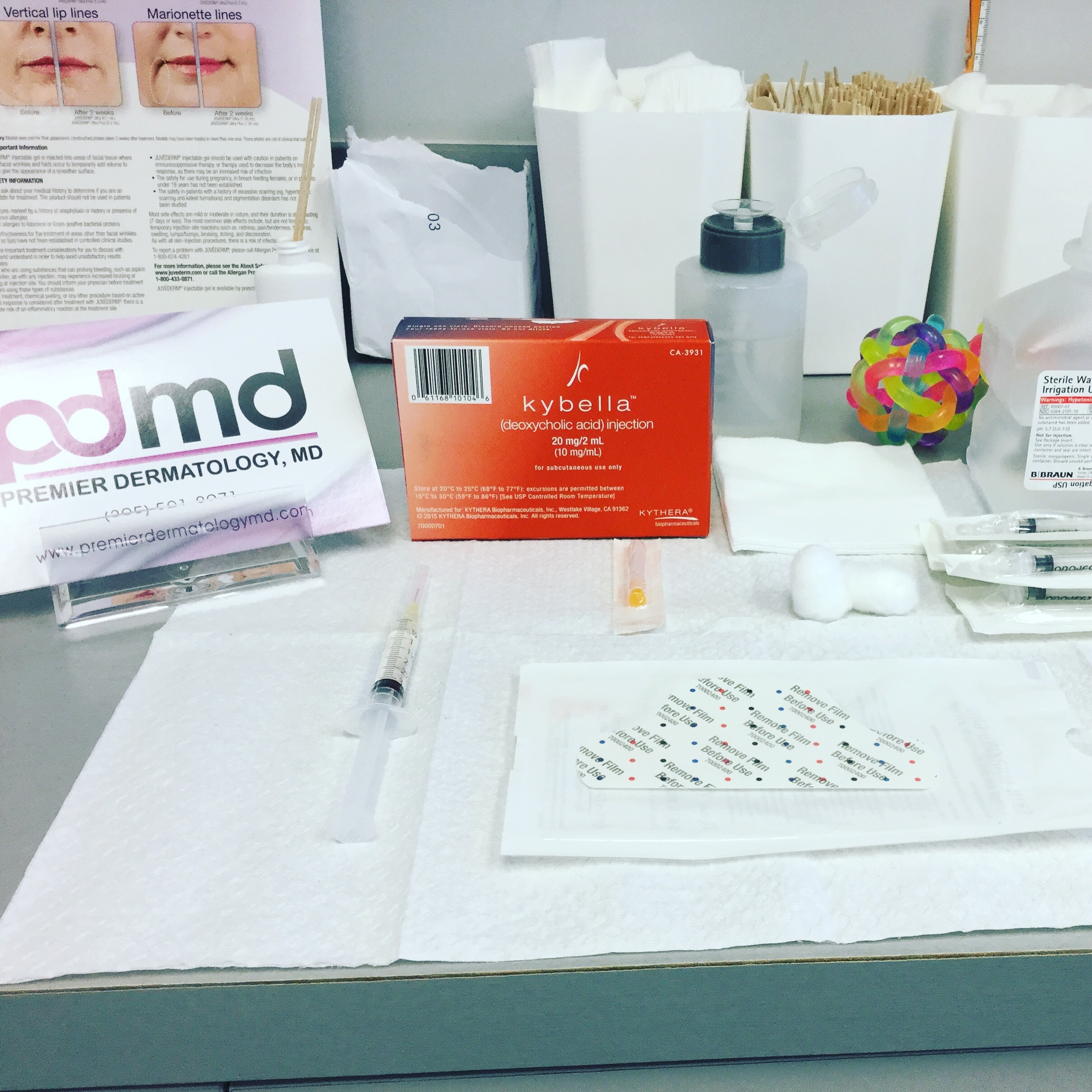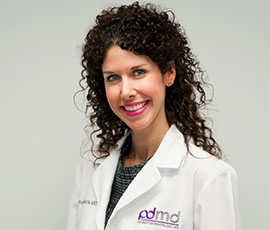Windows to the soul
They say the eyes are the windows to the soul. Sometimes the window treatments need a little refreshing...
Lines around the eyes
Crow's feet result from squinting and repeated muscle movement. The most effective treatment for Crow's feet is botulinum toxin: Botox, or Dysport. For finer textural lines, an amazing eye cream can help. One of our favorites at pdmd is Clark's Botanicals Anti-puff Eye Cream. It contains caffeine to tighten, vitamin K for dark spots, and hyaluronic acid to smooth. Retinol is improves fine lines and is anti-aging, but should be used sparingly in this area to minimize irritation. For lots of lines, treatments with a non-ablative fractional laser like the Palomar Icon Aesthetic Platform can be very effective.
Hollows and Loose skin
Your two year old is only partly to blame. Hyaluronic acid fillers (Juvederm or Restylane) can be injected in the tear trough area to rejuvenate the contour under the eyes. A small amount should be used, as this is a delicate area.
Dark circles
These usually result from broken blood vessels under the eyes, genetics, and allergies. If seasonal allergies are an issue, a daily antihistamine may be beneficial. Broken blood vessels may be corrected with intense pulsed light treatments.
Sparse lashes
Yes, there is a miracle-gro for lashes, and it's called Latisse. This FDA approved prescription medication can increase the volume and length of lashes in about 6-8 weeks. It's available at pdmd.
Little tricks for poofs
Applying cold moisturizer helps to relieve puffiness under the eyes. Sleeping on more than one pillow and avoiding foods high in salt help, too.
Usually, a combination of treatments are needed to make your eyes sparkle and shine.
Shingles: they ain't just on the roof
"I feel like something bit me on the lower back." "I've got this burning, tingling rash." "There are little blisters on my arm."
What do these people have in common? All have herpes zoster, aka, shingles. It's a more common condition than you may think: 1 in 3 people in the United States will develop shingles in their lifetime. It can affect any sex or age group (including children), although it is more common after age 60.
Despite its name, herpes zoster is not caused by the herpes virus. It's caused by the varicella virus, which is the same virus that causes chickenpox. Once an individual has been infected with the chickenpox virus, it remains inactive (dormant) in our nerves forever. For reasons not entirely understood, the virus will activate, travel along the nerve, and erupt in the skin that connected to that specific nerve. This is why shingles only shows up in a portion of the skin, and not everywhere, like chickenpox does.
Although anyone can develop shingles, those with a weakened immune system due to cancer, pregnancy, illness, and certain immunosuppressive medications are at higher risk. Shingles usually starts as a tingling or burning sensation in the skin. A few days later, a red rash with grouped clear, small blisters will appear. The rash may feel painful or itchy.
Antiviral treatment is available from your physician, which helps to reduce the length of time and severity of the shingles. They should be started early in the course to be most effective. A dreaded complication of shingles is post-herpetic neuralgia, which is persistent nerve pain in the area of shingles. The antiviral treatment may help prevent this condition. Shingles that involves the face, eyes, or ears requires emergent treatment to avoid complications.
A vaccine, called Zostavax, is available for patients age 60 and older. It may prevent the development of shingles.
Spring Cleaning

It's March! Spring is almost here, which means Spring cleaning. We clean out closets and drawers in our homes to make our surroundings calmer and brighter. Lightening the load at home can inspire us to make personal changes, too, such as eating more healthfully and exercising (remember those New Year's resolutions?). Sometimes, though, even with diet and exercise, there are stubborn areas on our bodies that just won't budge. Is fullness beneath your chin one of those areas? Would you love to treat your double chin without liposuction or surgery?
Now there is an FDA-approved, NON-SURGICAL, injectable treatment called Kybella that improves the appearance of moderate to severe fat beneath the chin (called submental fullness) by physically destroying fat cells. And the treatment is available at Premier Dermatology, MD! Kybella is made of deoxycholic acid, which is a naturally occurring molecule in the body that helps to breakdown and absorb fat. The destroyed fat cells are then naturally absorbed by the body. Usually 2-3 sessions, a month apart, are necessary. The treatments are done in the office. Dr. Bilu Martin is one of the select number of physicians in Miami that have been trained to inject Kybella.
For more information on Kybella and a complimentary consultation with Dr. Bilu Martin, call us at Premier Dermatology, MD. 305-521-8971.
Categories
- November 2014 (1)
- December 2014 (3)
- January 2015 (4)
- February 2015 (3)
- March 2015 (1)
- April 2015 (3)
- May 2015 (4)
- June 2015 (2)
- July 2015 (0)
- August 2015 (1)
- September 2015 (2)
- October 2015 (4)
- November 2015 (1)
- December 2015 (1)
- January 2016 (2)
- February 2016 (1)
- March 2016 (3)
- April 2016 (2)
- May 2016 (1)
- June 2016 (1)
- August 2016 (1)
- October 2016 (1)
- January 2017 (1)
- February 2017 (1)
- June 2017 (1)
- August 2017 (1)
- October 2017 (1)
- December 2017 (1)
- April 2018 (1)
- May 2018 (1)
- November 2018 (1)
- May 2019 (1)
- July 2019 (1)
- January 2020 (1)
- March 2020 (2)
- July 2020 (1)
- November 2020 (0)
- January 2021 (1)
- October 2021 (1)
- January 2022 (1)
- June 2022 (1)
- November 2022 (1)
- April 2023 (1)
- September 2023 (1)
- September 2023 (1)
- December 2023 (1)
- February 2024 (1)
- July 2024 (1)
- September 2024 (1)
- March 2025 (1)
- October 2025 (1)
Archives
Latest on blog
The fountain of youth: collagen!
Published September 30th, 2025These days, everyone is searching for the elusive Fountain of Youth. But dermatologists know what...
Learn More
